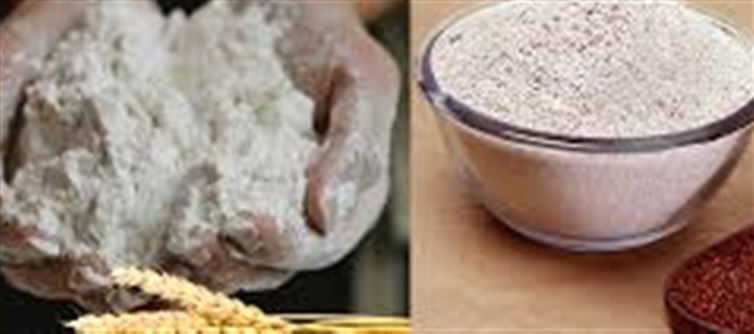
Which is healthier, ragi flour or wheat flour?
When comparing wheat flour and ragi (finger millet) flour, both have unique nutritional benefits, but ragi is often considered the healthier option, especially for those looking to improve their diet with whole grains. Ragi is naturally gluten-free, making it suitable for people with gluten intolerance or celiac disease. It is also rich in calcium, which supports bone health—a nutrient that wheat flour typically lacks in significant amounts.
Nutritionally, ragi flour is higher in fiber and essential minerals like iron, magnesium, and phosphorus compared to wheat flour. This high fiber content helps with digestion, stabilizes blood sugar levels, and promotes heart health. Ragi’s iron content makes it especially beneficial for individuals prone to anemia, such as children and pregnant women. Wheat flour, on the other hand, provides more protein, but much of the refined wheat flour commonly used in households has lower fiber due to processing.
Wheat flour is more versatile and widely used in everyday cooking, and whole wheat flour retains more nutrients than refined versions. However, people with gluten sensitivity may face digestive discomfort with wheat, whereas ragi’s gluten-free nature makes it gentler on the stomach. Ragi also has a lower glycemic index, which means it releases energy more slowly and helps in better blood sugar control—ideal for diabetics or those managing weight.
In summary, if you’re looking for better mineral content, gluten-free options, and higher fiber, ragi flour is generally the healthier choice. Wheat flour offers more protein and culinary versatility but may lack some nutrients if refined. Including both in your diet depending on your health needs and preferences can provide a balanced nutritional benefit.
Disclaimer: This content has been sourced and edited from Indiaherald. While we have made adjustments for clarity and presentation, the unique content material belongs to its respective authors and internet site. We do not claim possession of the content material..jpg)




 click and follow Indiaherald WhatsApp channel
click and follow Indiaherald WhatsApp channel